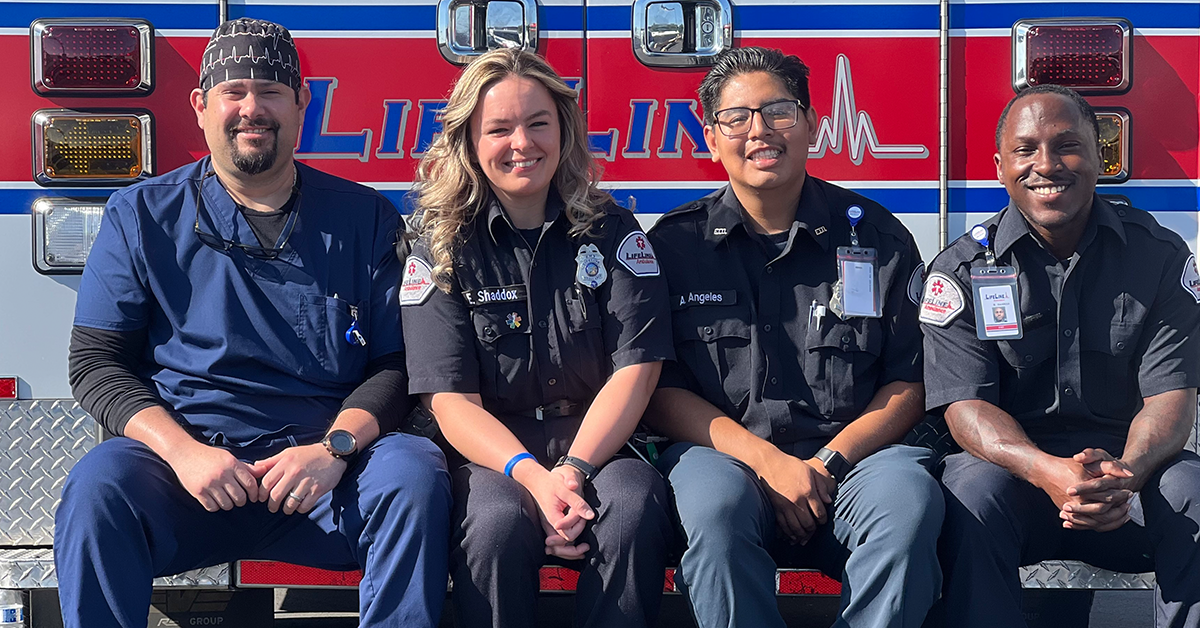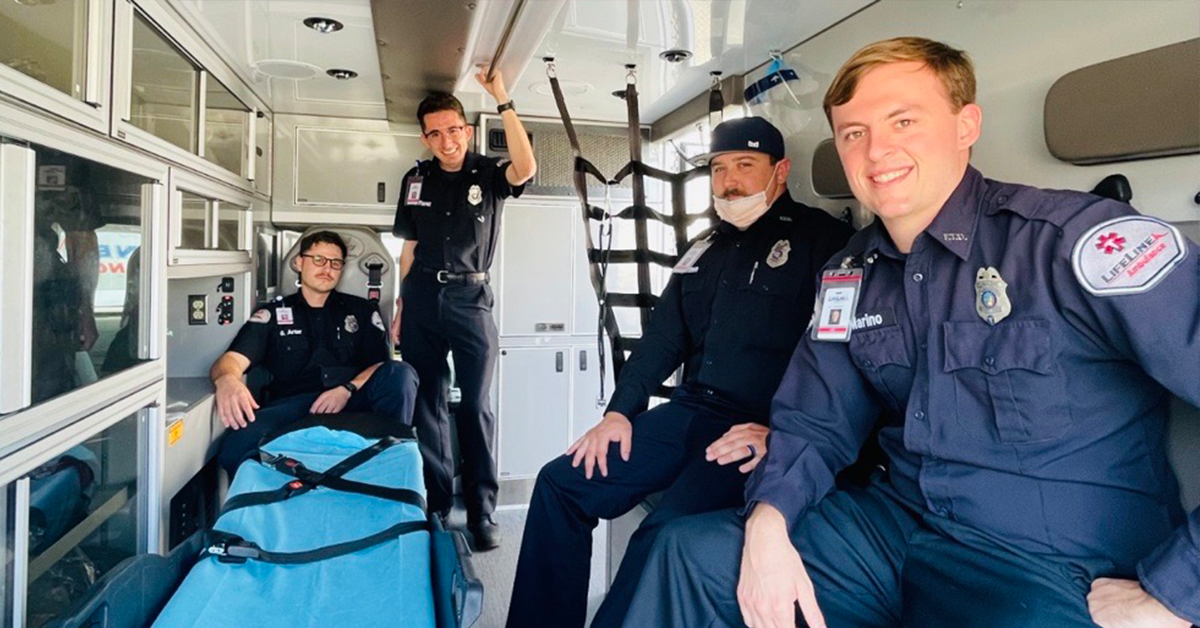Choosing to become an Emergency Medical Technician (EMT) is a commendable decision that sets you on a path of service, adventure, and personal growth. If you’re based in Los Angeles or Southern California and looking to start your EMT journey, LifeLine EMS is the perfect place to begin. This article will guide you through the steps to kickstart your career and explain why LifeLine EMS is the ideal choice for aspiring EMTs.
Understanding the Role of an EMT
Before diving into the specifics of how LifeLine EMS can help you, it’s essential to understand what being an EMT entails. EMTs are frontline healthcare providers who respond to emergency calls, provide immediate medical care, and transport patients to medical facilities. They play a critical role in the healthcare system, often being the first to arrive at the scene of an emergency.
Key Responsibilities:
- Assessing Patient Condition: Quickly and accurately evaluating a patient’s condition to determine the necessary care.
- Providing Emergency Care: Administering CPR, controlling bleeding, treating wounds, and performing other lifesaving interventions.
- Transporting Patients: Safely transporting patients to hospitals while providing ongoing medical care.
- Communicating with Medical Staff: Ensuring seamless communication with emergency departments to relay patient information and care provided.
The Path to Becoming an EMT
Starting from zero can feel daunting, but the journey to becoming an EMT is structured and achievable. Here are the steps to kickstart your EMT journey with LifeLine EMS:
1. Meet the Basic Requirements
Before you can enroll in an EMT program, you need to meet some basic prerequisites:
- Age: You must be at least 18 years old.
- Education: A high school diploma or GED is required.
- Health: Physical fitness is crucial as the job is physically demanding. You must also pass a background check and drug screening.
2. Enroll in an EMT Training Program
LifeLine EMS offers a comprehensive EMT training program that covers both theoretical knowledge and practical skills. The program includes:
- Classroom Instruction: Covering essential topics such as anatomy, physiology, medical terminology, and emergency care procedures.
- Hands-On Training: Practical skills training in CPR, wound care, patient assessment, and more.
- Clinical Experience: Real-world experience through clinical rotations in hospitals and ride-alongs with experienced EMTs.
3. Pass the NREMT Exam
After completing the training program, you must pass the National Registry of Emergency Medical Technicians (NREMT) exam. This certification exam tests your knowledge and skills to ensure you are prepared to provide emergency medical care.
4. Obtain State Certification
In addition to national certification, you must also obtain state certification to work as an EMT in California. This typically involves submitting your NREMT certification, completing a background check, and applying through the California Emergency Medical Services Authority (EMSA).
Why Choose LifeLine EMS?
LifeLine EMS is dedicated to providing top-notch training and support for aspiring EMTs. Here’s why LifeLine EMS stands out as the best choice to kickstart your EMT journey:
Comprehensive Training Programs
LifeLine EMS offers an extensive training program that prepares you for the challenges of the job. The program is designed to equip you with both the knowledge and practical skills needed to excel as an EMT.
- Basic and Advanced Life Support Training: Essential skills such as CPR, AED usage, and advanced airway management.
- Specialized Training: Courses in pediatric care, trauma response, and disaster preparedness.
- Continuing Education: Opportunities for further education and certifications, supported by tuition reimbursement programs.
State-of-the-Art Equipment and Facilities
LifeLine EMS ensures that you train with the latest medical equipment and technology. This hands-on experience with state-of-the-art tools prepares you for real-world scenarios and enhances your readiness to respond effectively in emergencies.
Supportive Learning Environment
A supportive and collaborative learning environment is crucial for your success. LifeLine EMS fosters a culture of teamwork, respect, and open communication, ensuring that you feel valued and supported throughout your training and career.
- Mentorship Programs: New EMTs are paired with experienced mentors who provide guidance and support.
- Team Building: Regular activities and events promote camaraderie and strengthen team dynamics.
- Open Communication: Regular meetings and feedback sessions ensure your voice is heard and your concerns are addressed.
Career Advancement Opportunities
LifeLine EMS is committed to your professional growth and offers numerous opportunities for career advancement. Whether you aim to advance within EMS, transition to nursing or healthcare administration, or move into public health, LifeLine EMS provides the support and resources needed to achieve your goals.
- Leadership Development Programs: Designed to prepare EMTs for supervisory and managerial roles.
- Internal Promotions: Prioritizing internal candidates for advanced positions such as field training officers and supervisors.
Competitive Compensation and Benefits
LifeLine EMS recognizes the hard work and dedication of its employees by offering competitive compensation packages and comprehensive benefits.
- Competitive Salaries: Reflecting your skills and experience.
- Health and Dental Insurance: Ensuring access to essential healthcare services.
- Retirement Plans: Helping you plan for your future financial security.
- Paid Time Off: Generous policies promoting work-life balance.
Community Engagement
LifeLine EMS is deeply committed to the communities they serve. EMS professionals participate in public health education initiatives, community events, and school programs, enhancing their connection to the community and their sense of purpose.
- Public Health Education: Initiatives such as CPR training, first aid workshops, and emergency preparedness seminars.
- Community Events: Participation in health fairs and safety demonstrations.
- School Programs: Educating students about the importance of emergency preparedness and health, inspiring future EMS professionals.
Keep Reading
Want more? Here are some other blog posts you might be interested in.
Emergency Medical Services s a high-stress, physically demanding profession that requires dedication, quick decision-making, and resilience. While the rewards of saving lives...
Emergency Medical Services professionals are often the first point of contact during critical health crises. While technical expertise is essential in emergency...
Emergency Medical Services play a critical role in ensuring the health and safety of communities. In Southern California, including Los Angeles, the...






